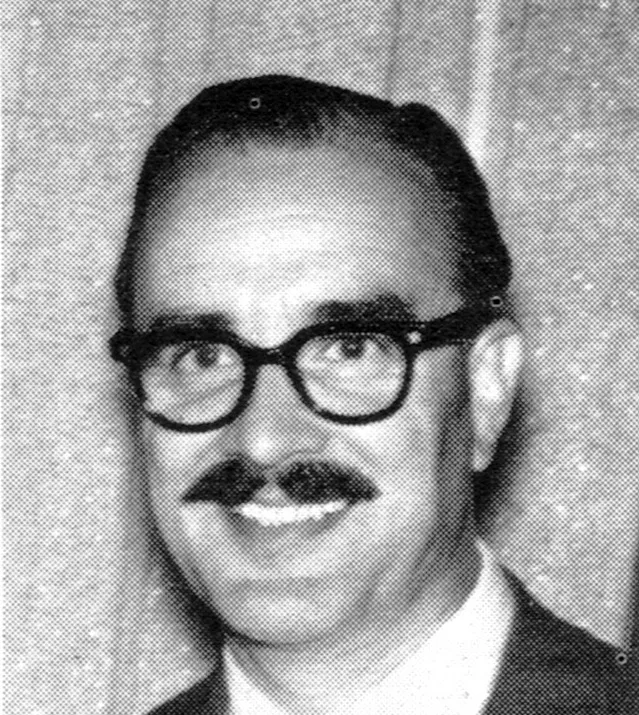

Information
Content includes:
Prof. Dr. Dietrich Seckel (Heidelberg):Emaki. The Art of the Japanese Picture-Scrolls
Charles Rosner (London): Jan Lenica
Dr. Jakob Rudolf Weiti (Zurich): 1959. Swiss Posters
Henry Wolf (New York): Art Directors Club of New York. 38th Annual Exhibition of Advertising and Editorial Art
Victor N. Cohen (Zurich): A Zurich Bank and Its Sixteen Windows
Hortense Mendel (New York): Brownjohn, Chermayeff & Geismar, New York
Prof. Dr. Alfred Buhler (Basel): Sepik. A Dying Culture
Dr. Herbert Franke (Munchen): Beyond Human Vision
Details
Linked Information
